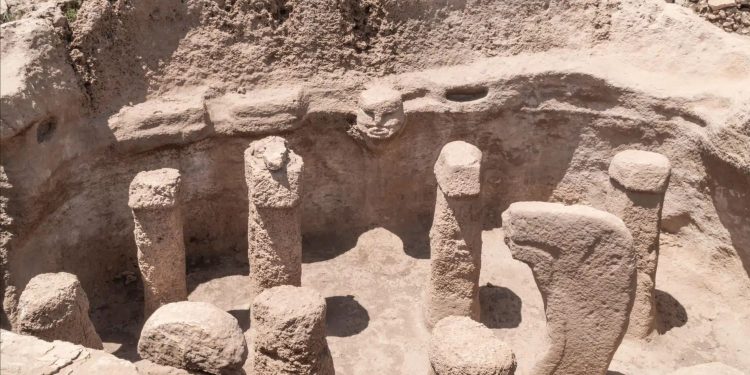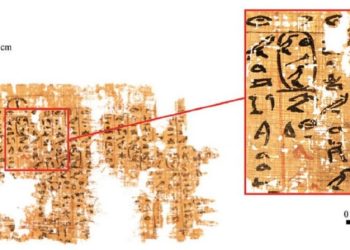Located roughly some 50 kilometers from the world-famous site of Göbekli Tepe, in the Şanlıurfa Province in Turkey, lie the remnants of a site called Karhan Tepe. And it has the potential to change history as we know it. Archeological excavations throughout recent years have revealed the site is massive. Karahan Tepe is home to more than 250 stone obelisks. These have been decorated with countless symbols depicting, among other things, animals. Given its proximity to Göbekli Tepe and the similarity in some of the designs, experts have dubbed Karahan Tepe the sister site of Göbekli Tepe.
Karahan and Göbekli Tepe are, in their own right, a wonder of the world. Not only are these sites wonders of ancient engineering, but they also date to a time when history tells us such super-monuments were impossible to have been built. This is because they are believed to date back to at least 12,500 years ago. And during this period, no advanced civilizations were supposed to exist. Nonetheless, Karahan and Göbekli Tepe prove otherwise.
Karahan Tepe, a super-site
The site was found in 1997, and ever since, Karahan Tepe has caught the eye of archaeologists for numerous reasons. First of all, the site is massive. It covers 15 hectares when you include the quarries from which the gigantic stones were removed. Excavations throughout the years have revealed that Karahan Tepe is genuinely a super site. It is home to numerous mysterious structures, more than 250 obelisks, but also different sculptures of animals, curious inscriptions, and a symbology that tells us it was likely connected to Göbekli Tepe, bearing great importance. So far, experts have come across arrowheads, blades, and tools made of obsidian and flint. No traces of localized agriculture have been found at the site.
Göbekli and Karahan Tepe
There are various similarities between these two sites. First of all, both seem to have been built some 12,000 to 12,500 years ago. But more importantly, both Göbekli and Karahan Tepe are home to massive t-shaped pillars which were decorated with numerous symbols, including snakes, insects, and birds, but also humanoid shapes. Unlike Göbekli Tepe, where no huts or similar structures were found that could point towards year-round habitation, Karahan Tepe features circular homes. However, as noted by experts, these houses were part of a vast complex believed to have served a ritualistic nature. There, a series of ritualistic structures were cut directly into the bedrock. It is noteworthy that this does not signify the site was inhabited year-round.
While Göbekli Tepe is home to numerous illustrations of humanoid figures, there are many more at Karahan Tepe. The symbolism is shrouded in mystery. Still, experts argue that it could point towards a connection between humans of the period and the animal world. And strangely, just as we see with Göbekli Tepe, the site of Karahan Tepe was also intentionally buried thousands of years ago on purpose. Why ancient humans needed to bury both sites eludes historians to this date.
History Changer
Göbekli Tepe and Karahan Tepe, as well as a series of smaller sites in the area, are of great importance. Not only because they tell us that around 12,000 years ago, advanced civilizations existed on Earth, but because nothing like them has been found anywhere else. Göbekli and Karahan Tepe predate writing, agriculture, and some of the first cities. But more importantly, both sites are highly complex and vast and bear a meaning we have not yet understood. Strangely, both sites were buried. And this is believed to have been on purpose.
Furthermore, the sheer workforce needed to quarry, place, and build such sites goes far beyond what mainstream scholars tell us was possible. So, could hunter-gatherers have built two of Earth’s most incredible, massive megalithic sites? This answer I will leave to you.
Have something to add? Visit Curiosmos on Facebook. Join the discussion in our mobile Telegram group. Also, follow us on Google News.











